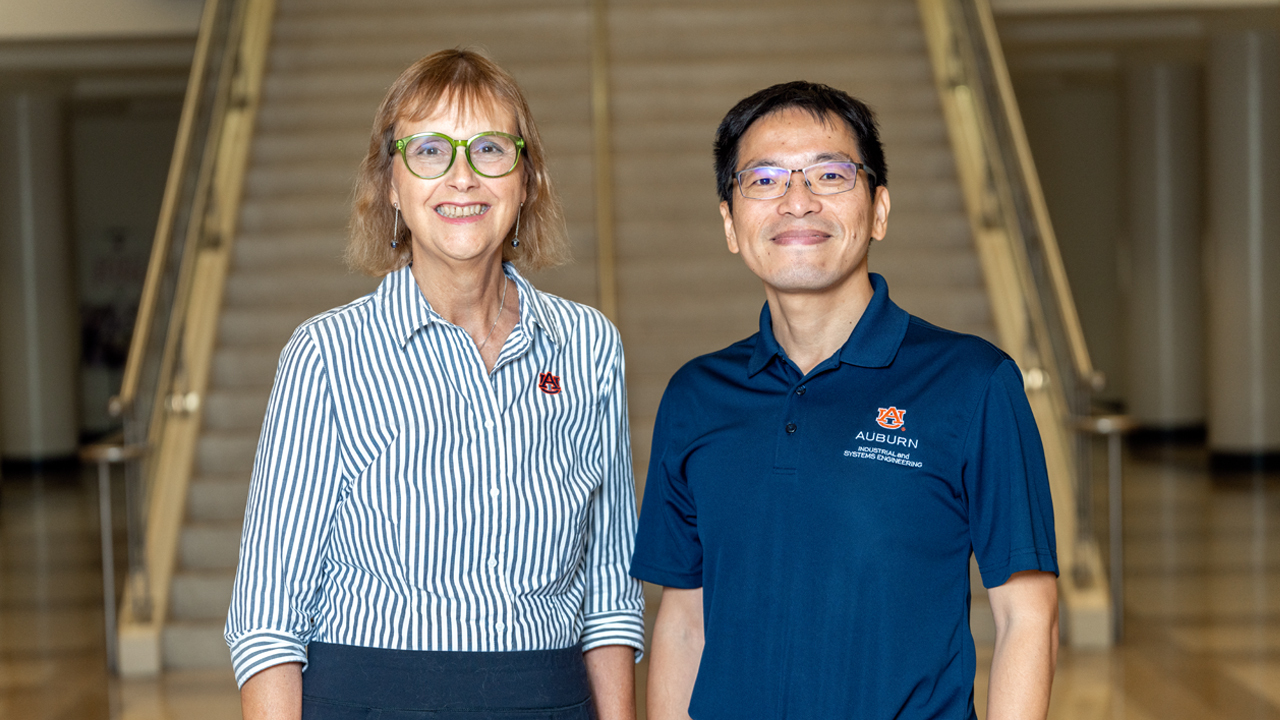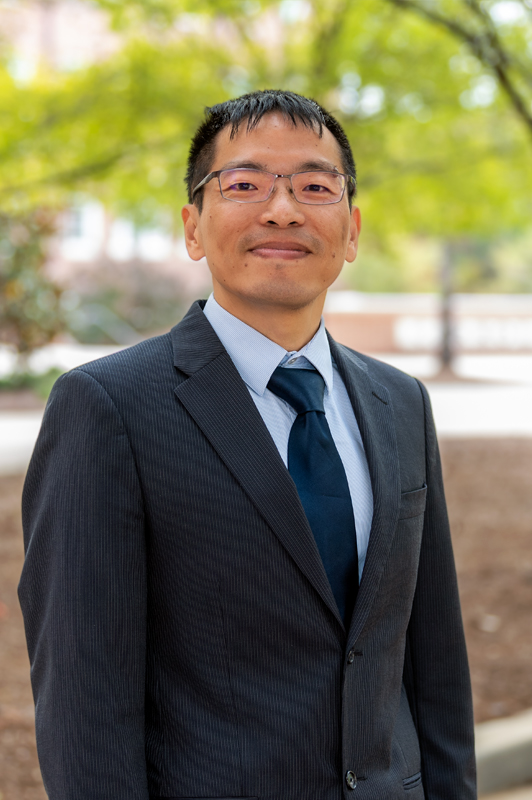Industrial and Systems Engineering faculty collaborate to address opioid crisis by analyzing drug trafficking organizations’ supply chain patterns
Published: Nov 8, 2024 8:00 AM
By Dustin Duncan
Opioid-related deaths were 77% higher than deaths from car accidents in 2021, according to a recent report from the Centers for Disease Control and Prevention (CDC).
Despite efforts to prevent illegal opioids from entering the United States, drug trafficking organizations (DTOs) continue to adapt and avoid detection, perpetuating the crisis. These criminal networks are highly skilled and resilient, making it difficult for law enforcement to stop them. This necessitates new strategies to break their supply chains and protect society.
To tackle this problem, Edward Huang, associate professor in the Department of Industrial and Systems Engineering and Alice Smith, The Joe W. Forehand Jr. Distinguished Professor, in industrial and systems engineering, aim to create a new approach using deep learning to better understand DTO patterns in opioid supply chains. The project is funded by the Department of Homeland Security (DHS).
Huang, who is the principal investigator (PI) on this project, has a background in studying DTO operations, said the collection of data for the deep-learning model will begin with tracking shipping routes from China to Mexico, which ultimately leads to entry into the United States. He emphasized that understanding how DTOs operate is crucial, especially as these organizations continually are constantly evolving their procedures.
Additionally, Huang said due to the high volume of maritime shipments, small opioid drugs can be easily hidden, but the precursor chemicals to make larger amounts of drugs are typically shipped in bulk.
Also, since there are large amounts of maritime shipments, it’s infeasible to check all goods shipped from China to the U.S. through Mexico. This makes it difficult for DHS officials to stop opioids from getting into the country.
Smith and Huang will gather data sets based on shipping records and obtain information from domain experts to develop and validate an artificial intelligence model incorporating deep learning with human expertise to simulate human drug traffickers’ thoughts and behavior.
“We want to anticipate their behavior changes, which would hopefully give us an opportunity to stop them before the opioids actually make it into the United States,” Huang said.
Smith, who is the co-PI, said the model is being designed to incorporate typical shipping lanes and detect deception tactics used by DTOs.
“They might change some things, but maybe not others,” Smith said. “They might use the same shipping lane, but a different subterfuge tactic or vice versa.”
As the model continues to receive and analyze more data, the goal is to identify key signs of DTO activity and vulnerabilities in the supply chain. Huang said this project aims to provide law enforcement with valuable insights to find, stop and break the illegal flow of opioids into the United States.
Media Contact: , dzd0065@auburn.edu, 334
Edward Huang, associate professor in the Department of Industrial and Systems Engineering and Alice Smith, The Joe W. Forehand Jr. Distinguished Professor, in industrial and systems engineering, aim to create a new approach using deep learning to better understand DTO patterns in opioid supply chains.



